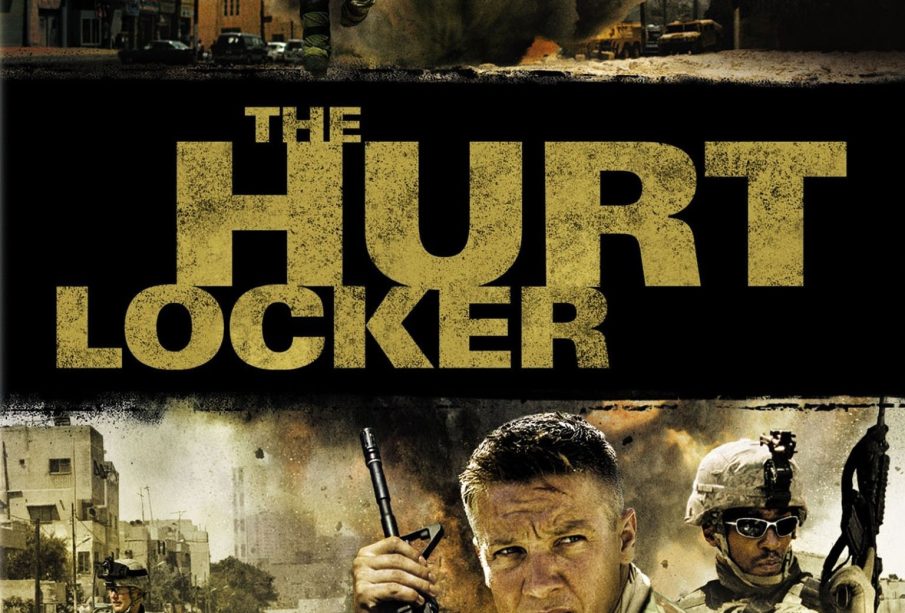The Hurt Locker: A Deep Dive into its Impact and Legacy

Introduction
The Hurt Locker, directed by Kathryn Bigelow and released in 2008, remains one of the most significant war films of the 21st century. Set during the Iraq War, the film follows an elite bomb disposal team as they navigate the dangers of combat and the psychological toll of war. Its deeply human portrayal of soldiers faced with life-and-death decisions highlights the importance of understanding both the physical and emotional aspects of warfare. The film not only received critical acclaim but also shaped the conversation around how war narratives are presented in cinema.
Film Overview and Reception
Written by Mark Boal, The Hurt Locker stars Jeremy Renner as Staff Sergeant William James, alongside Anthony Mackie and Brian Geraghty. The film’s gripping storytelling, combined with its authentic depiction of warfare, earned it numerous awards, including six Academy Awards in 2010, such as Best Picture and Best Director for Bigelow. Critics praised the film for its tension, realism, and the performances of its cast. The Hurt Locker’s cinematography, shot by Barry Ackroyd, added to its immersive quality, allowing viewers to experience the chaos and uncertainty that soldiers face every day.
Impact on War Cinematic Narratives
The Hurt Locker contributed to a shift in how war stories are told within the film industry. Unlike many previous war films that glorified heroism and valor, The Hurt Locker presents a more nuanced view of combat. It highlights themes of fear, adrenaline, and the psychological impacts of war, challenging viewers to confront the realities of modern conflict. This realistic approach sparked discussions surrounding the portrayal of soldiers in media and has influenced subsequent war films and documentaries.
The Legacy of The Hurt Locker
Over a decade since its release, The Hurt Locker continues to resonate with audiences and filmmakers alike. Its exploration of emotional resilience and the ethical dilemmas faced by soldiers remains relevant, especially in discussions surrounding contemporary military engagements. The film has also inspired new generations of filmmakers to pursue realistic portrayals of war, changing the landscape of war cinema. Through its critical success and cultural impact, The Hurt Locker serves as an important touchstone for understanding the complexities of Iraq and modern warfare.
Conclusion
The Hurt Locker is more than just a war drama; it is a profound commentary on the costs of conflict and the human spirit’s resilience under pressure. Its legacy continues to fuel discussions and inspire filmmakers, ensuring that conversations about the moral and personal toll of war remain a vital part of cinematic storytelling. As viewers reflect on the themes presented in the film, it becomes evident that The Hurt Locker is a significant artistic achievement that influences both the film industry and the broader discourse surrounding warfare.









